In the breathtaking waters near Maui, a pioneering observation has unveiled a profound chapter in our understanding of marine mammal behavior. Photographers Lyle Krannichfeld and Brandi Romano captured a rare moment, documenting for the first time homosexual behavior among male humpback whales.
This discovery, highlighted in the esteemed Marine Mammal Science journal, not only captivates but also challenges traditional views on animal mating practices, signaling a significant leap in studying animal behavior.
The Mystical Lives of Humpback Whales
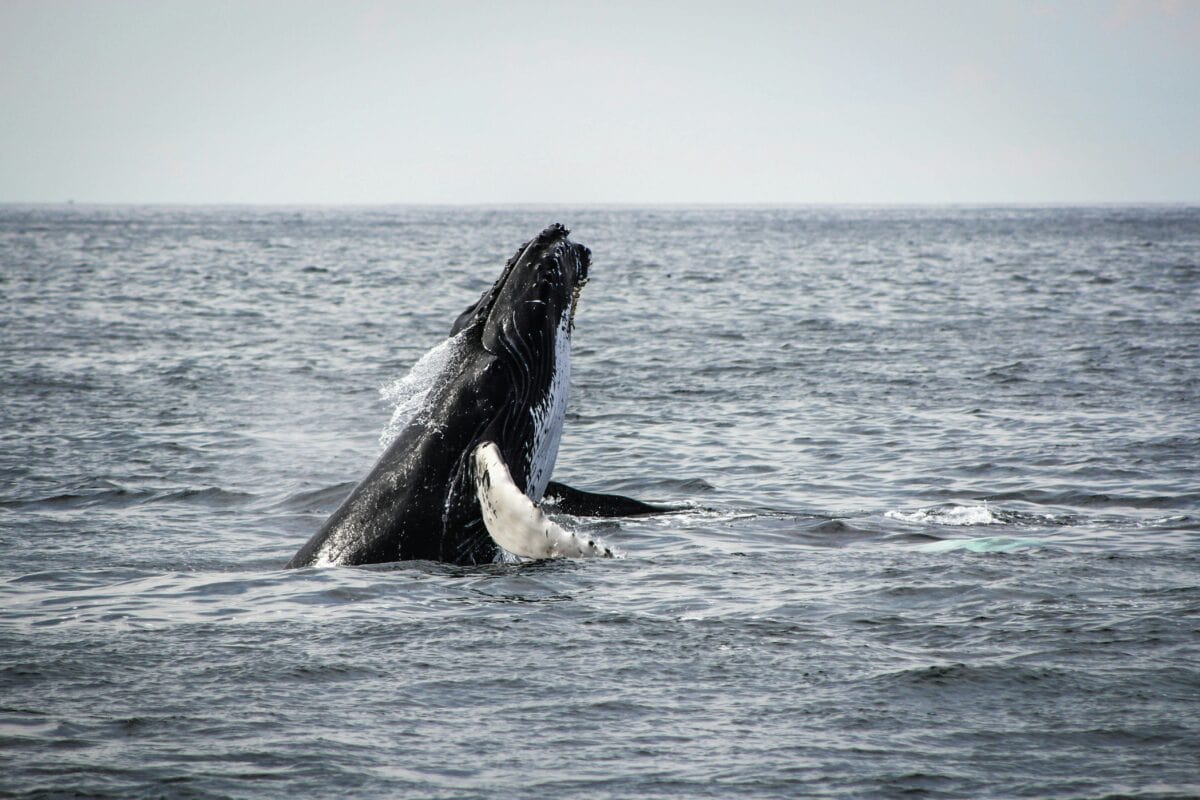
Humpback whales have long fascinated scientists and nature lovers with their majestic migrations and soul-stirring songs. These giants embark on a journey spanning thousands of miles from the chilly, nutrient-rich polar waters to their warmer breeding sanctuaries each year.
Here, they dance of life, mating, birthing, and nurturing their young. Yet, despite extensive research, aspects of their mating behavior remained veiled in mystery—until now.
The Groundbreaking Discovery Near Maui
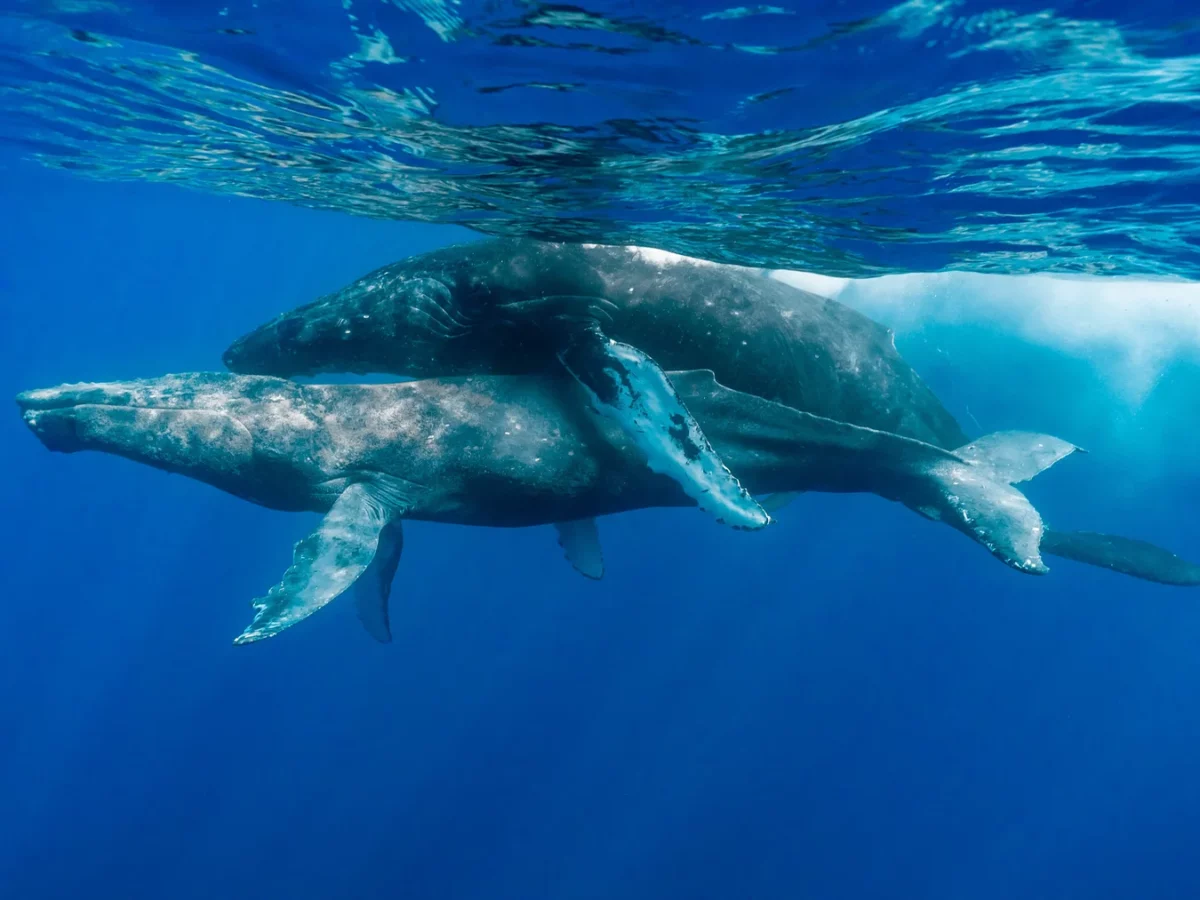
In January 2022, the serene Maui waters served as the stage for an extraordinary revelation in marine biology. The world was granted its first documented glimpse into the homosexual behavior of humpback whales through the lens of Krannichfeld and Romano.
This observation is not merely a curiosity but a window into the broader spectrum of animal sexual behavior, suggesting roles beyond reproduction, such as establishing social bonds or asserting dominance.
Homosexual Behavior Across the Animal Kingdom
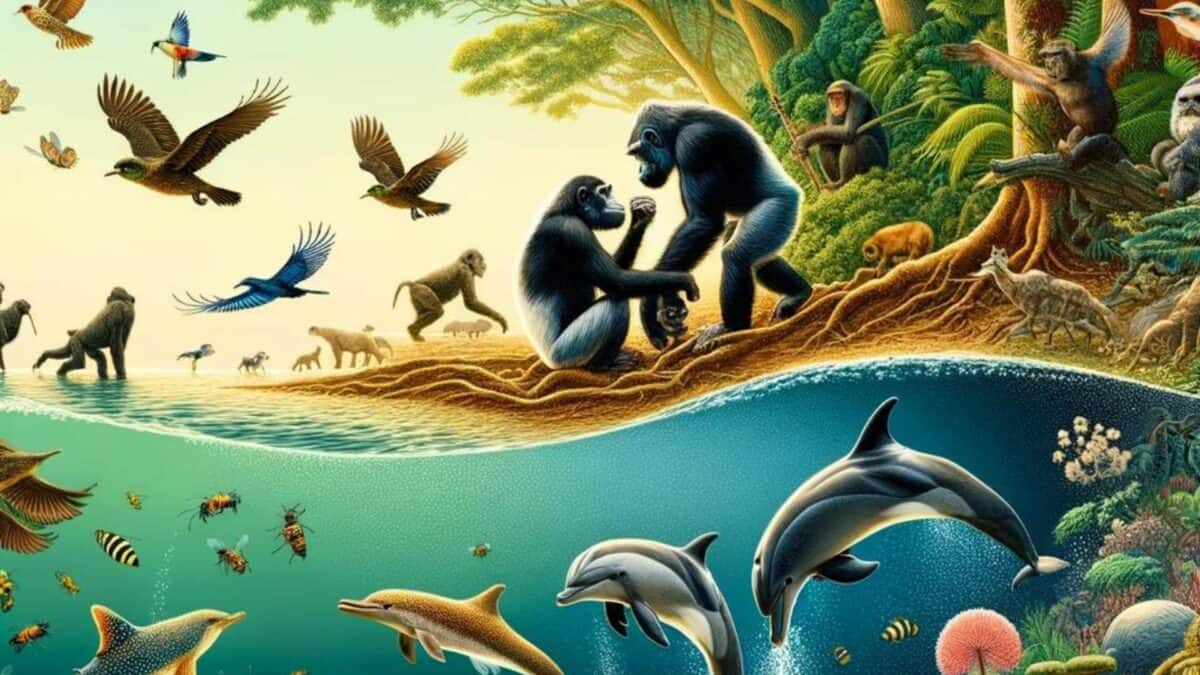
The phenomenon of homosexual behavior stretches across numerous species, from birds to mammals and insects, playing various roles within their societies.
For instance, in bonobos, same-sex interactions help reduce tension and forge social connections. In dolphins, they can establish hierarchies or alliances. These behaviors underline the intricate social structures in nature, urging us to view them within their ecological and evolutionary contexts.
Analyzing Humpback Whale Interactions
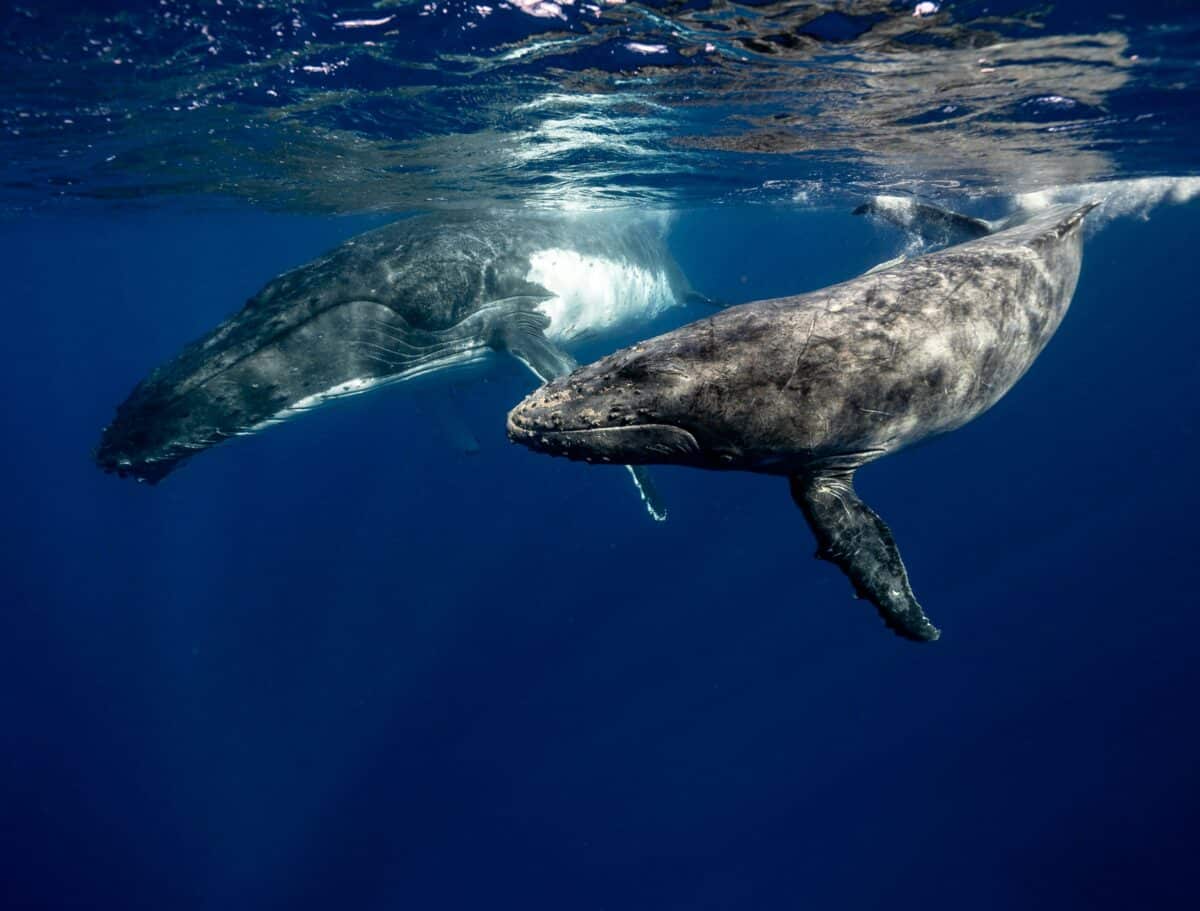
The Maui interaction provides invaluable insight into the sexual behavior of humpback whales. The photographs depict one whale approaching another from behind in a clear sexual act, challenging the notion that sexual behavior in animals is solely for reproduction and prompting new inquiries into the social lives of humpback whales.
The Social Fabric of Humpback Whale Populations
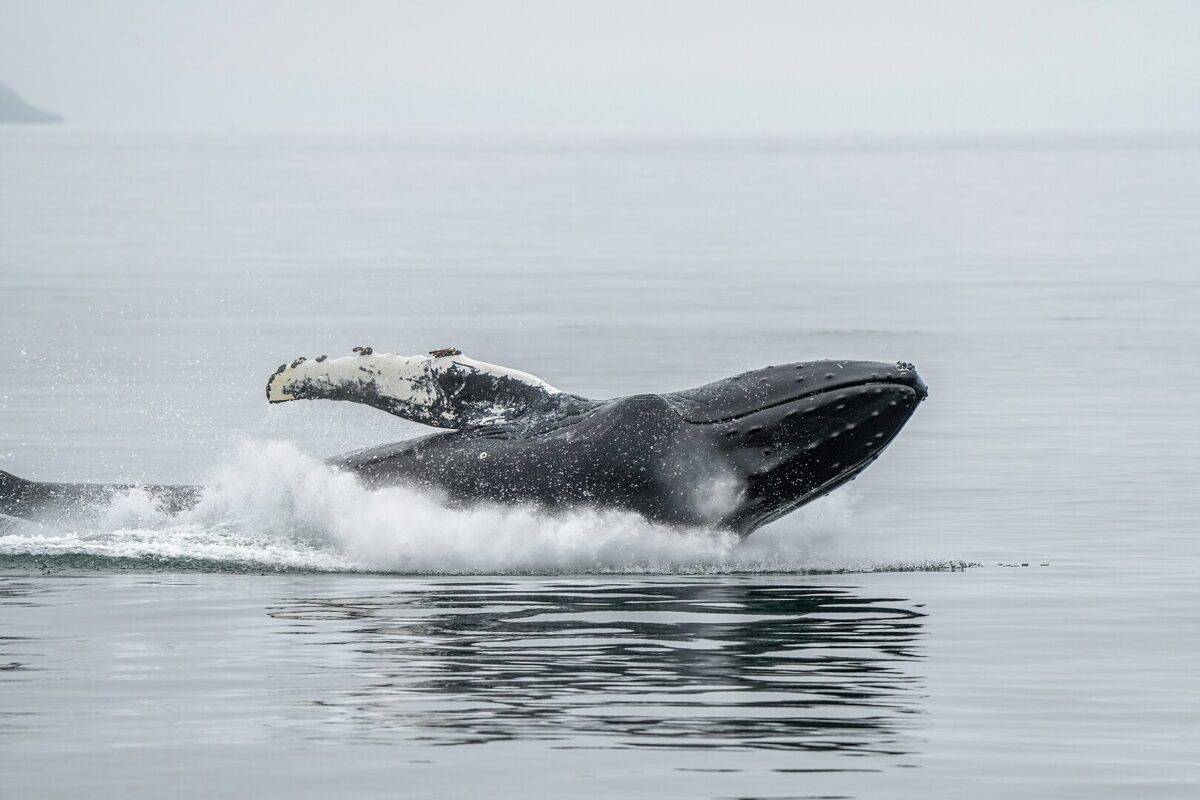
Humpback whales are known for their fluid social structures, with individuals frequently forming and dissolving groups. The observed homosexual behavior might facilitate the formation of bonds between males, advantageous for cooperative behaviors or establishing social hierarchies, underscoring the need for further research into these complex interactions.
Rethinking Animal Sexuality
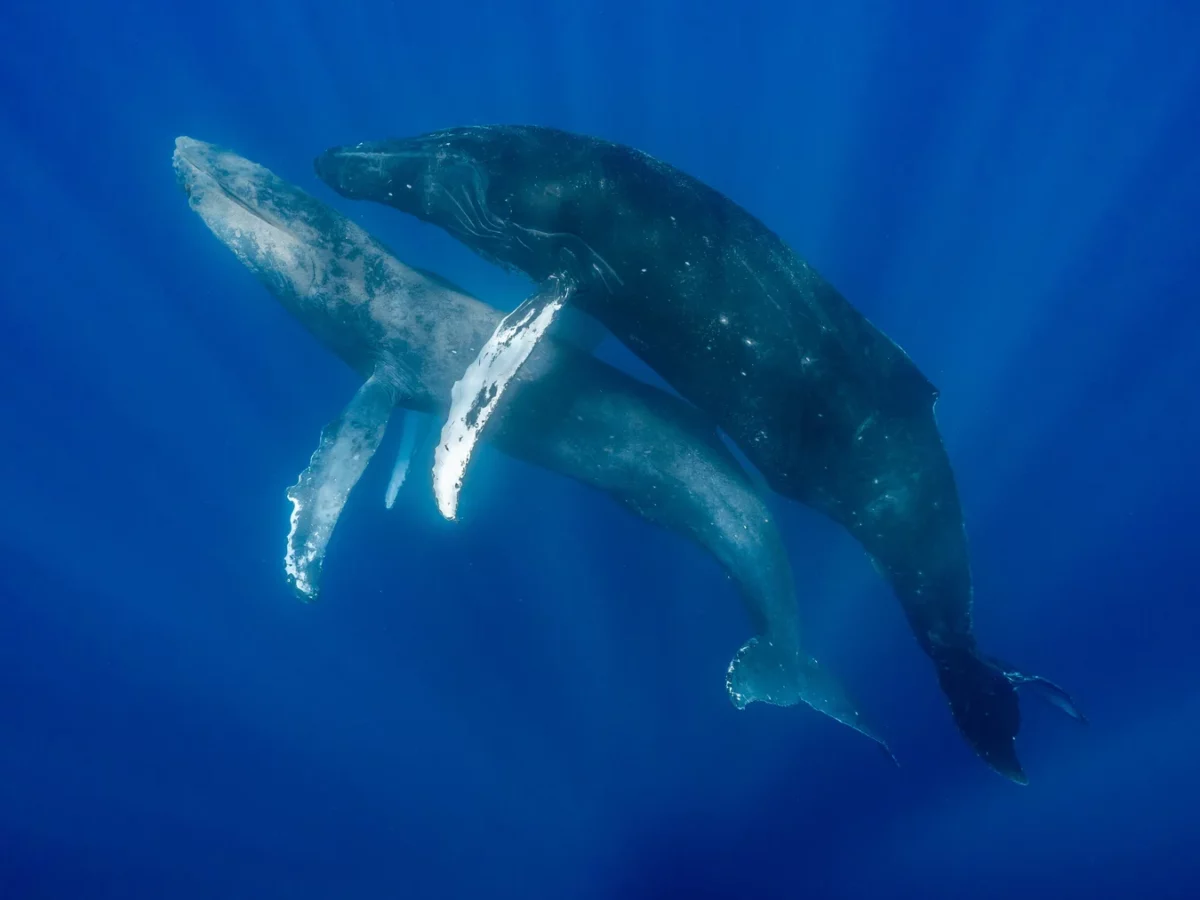
This documentation of homosexual behavior among humpback whales invites us to reconsider our perceptions of animal sexuality. Traditionally viewed through a reproductive lens, the discovery encourages a broader understanding of animal behavior, emphasizing diversity and complexity.
The Power of Photography in Marine Biology
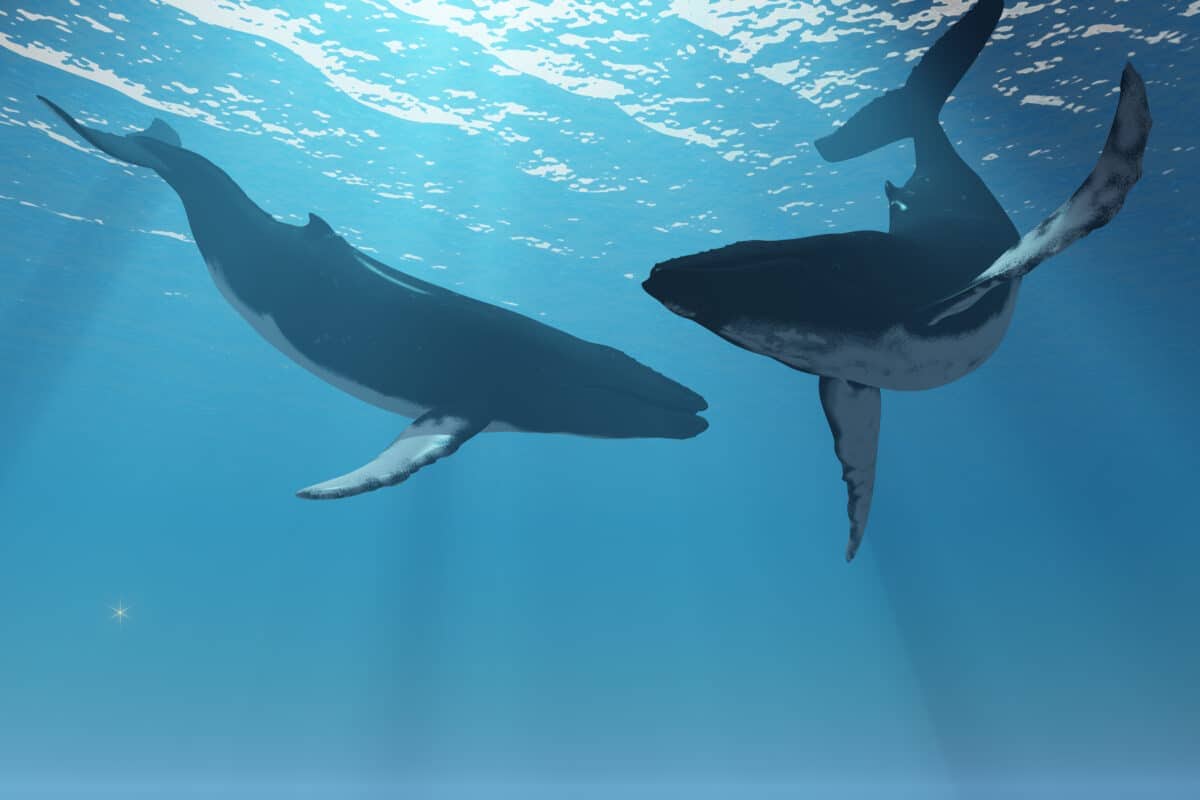
Photography has emerged as a crucial tool in marine biology, capturing otherwise challenging behaviors. The images by Krannichfeld and Romano serve as a scientific record and highlight the importance of conservation, bringing the underwater marvels to the public eye and inspiring efforts to protect these environments.
Homosexual Behavior in Ecological and Evolutionary Contexts
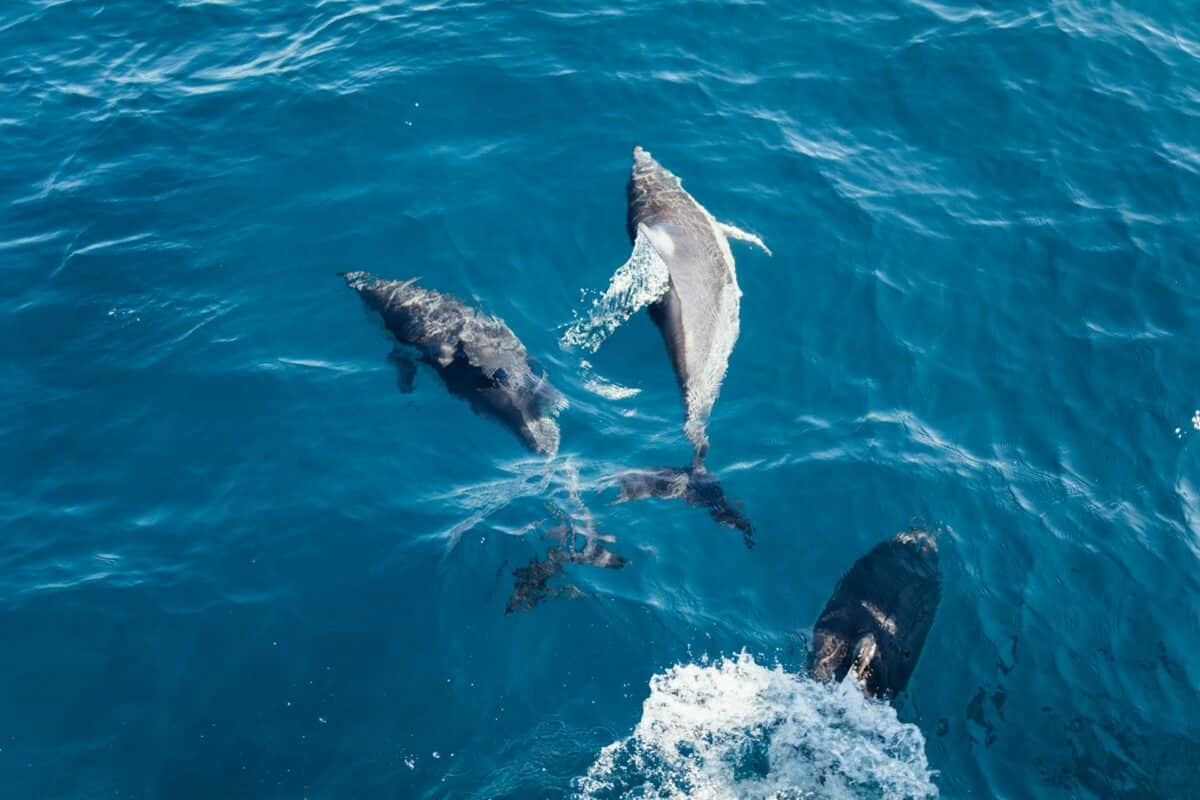
To appreciate the significance of these behaviors, it’s essential to consider their ecological and evolutionary implications. Behaviors that persist are those that contribute to the survival and reproductive success of a species. Thus, non-reproductive sexual behaviors play a crucial role in animals’ social dynamics and evolutionary strategies.
A New Horizon in Marine Mammal Research
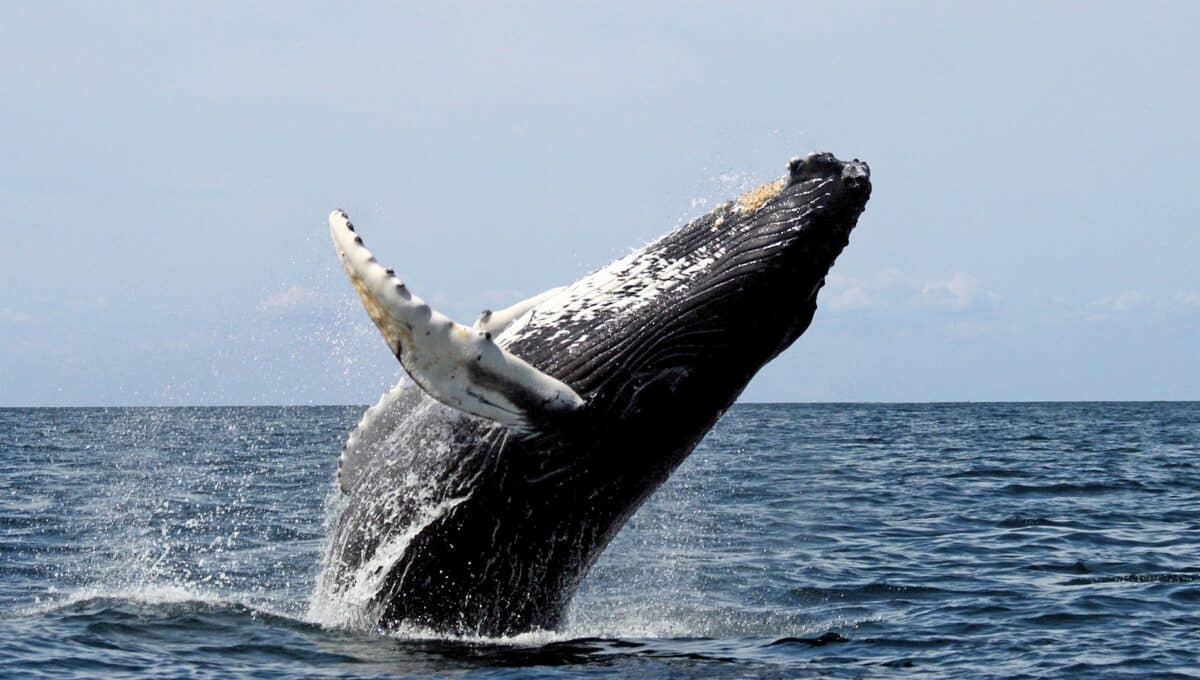
In conclusion, the observation of homosexual behavior in humpback whales near Maui marks a milestone in animal behavior research. By broadening our views on sexuality and mating practices, this discovery opens new avenues for understanding. Further, as we delve deeper into the mysteries of marine mammal societies, we are reminded of the richness of the natural world, awaiting our exploration with open minds and a spirit of discovery.
Take Action
Do the wonders of marine life inspire you? Explore further into the lives of humpback whales and support conservation efforts to protect these magnificent creatures and their habitats. Your curiosity and Action can contribute to the ongoing journey of discovery and preservation.
Join our Forum for free today!

- 400-Pound Therapy Llamas named Beni and Prince Ease Travelers’ Stress at Portland International Airport - July 22, 2024
- Woman Captured Howling with Gigantic White Wolf in Beautiful Footage - July 22, 2024
- Florida Police Urge Public to Stop Taking Selfies with ‘Depressed’ Black Bear off Highway 98 in Santa Rosa Beach - July 22, 2024
